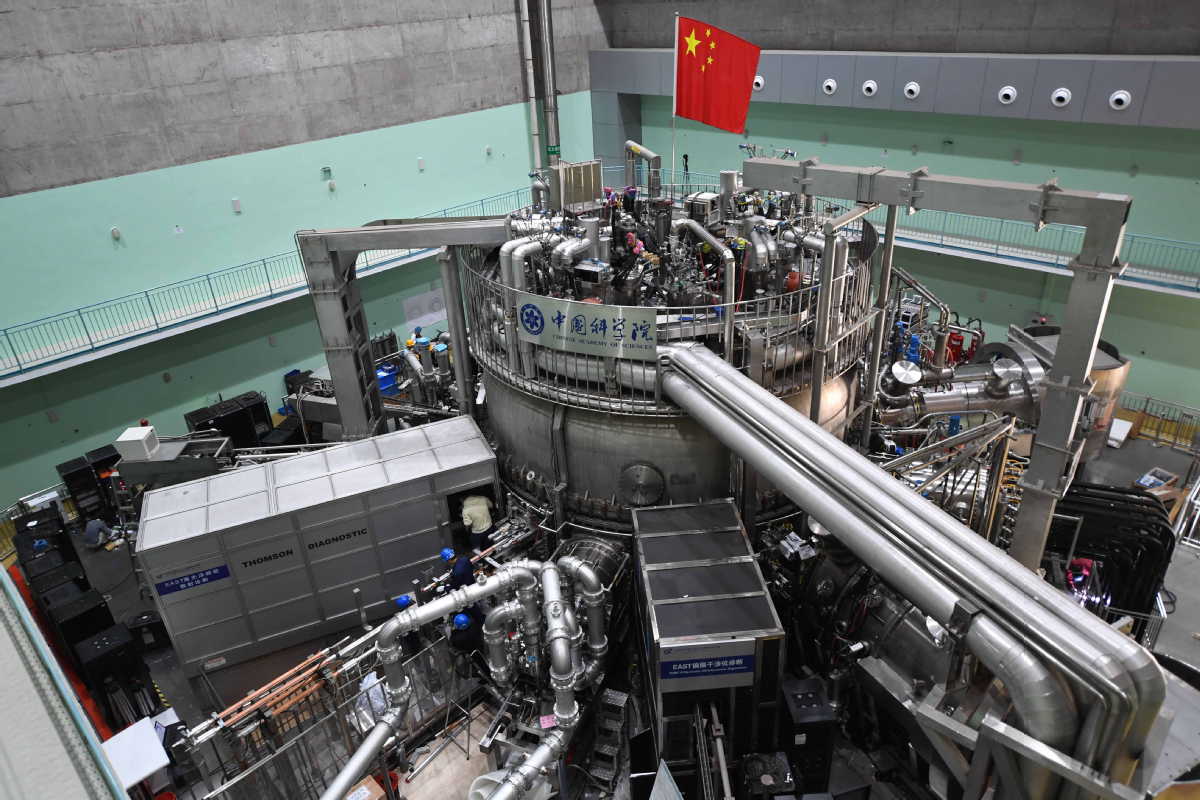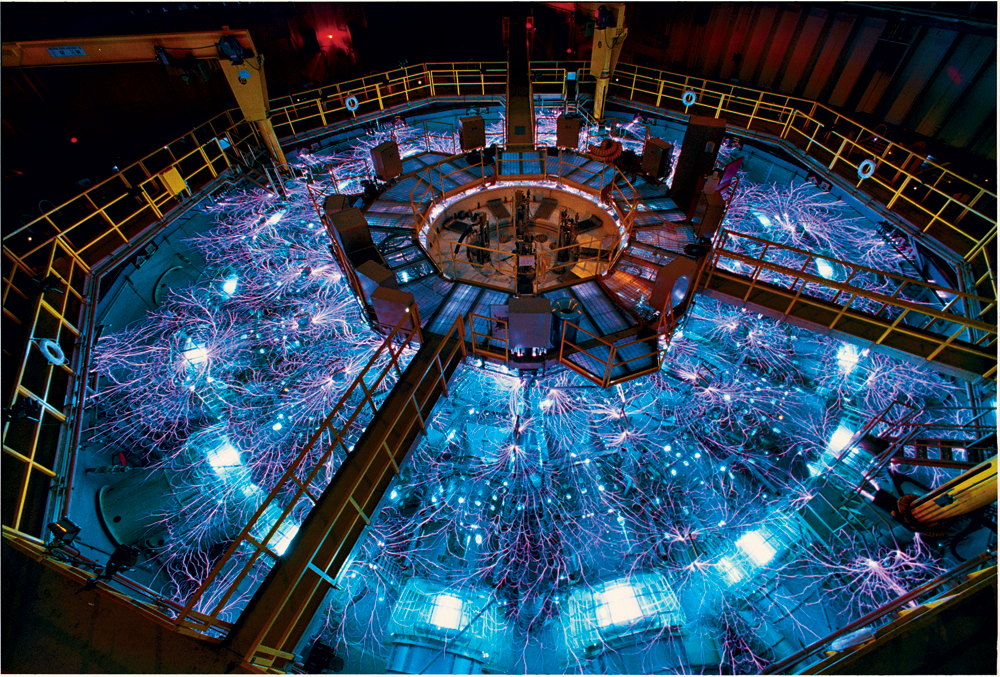China’s ambitions to generate near-limitless clean power through nuclear fusion energy appear to be inching closer to reality, with the country’s leading nuclear scientist predicting that the nation will achieve nuclear fusion energy within the next six years.
‘Delay, Degrade & Deny’ – US To Arm Taiwan With Cutting-Edge ‘Asymmetrical Weapons’ To Fend Off China
Japan Shortlists ‘Ukraine-Tested’ Combat Drones That Wreaked Havoc On Russian Military Positions – Japanese Media
On September 9, Professor Peng Xianjue of the Chinese Academy of Engineering Physics announced that the Chinese government had approved the construction of the world’s largest pulsed-power plant in Chengdu, Sichuan province.
He also told a gathering hosted by Beijing-based think tank Techxcope that the country intends to create nuclear fusion energy by 2028.
“Fusion ignition is the jewel in the crown of science and technology in today’s world,” Professor Xianjue stated, according to the South China Morning Post.

“Being the world’s first to achieve energy-scale fusion energy release will lay the most important milestone in the road to fusion energy for human beings,” he added.
Nuclear fusion has been dubbed the “holy grail” of energy sources because it provides endless energy by mimicking the natural events that occur inside the Sun, where massive energy is released when hydrogen atoms collide to form helium atoms.
The path has so far proven tricky due to the extremely high temperatures and intricacy of containing the plasma on the reactor’s core.
The EurAsian Times recently reported that a team of South Korean researchers announced that they had successfully maintained a nuclear fusion reaction working at temperatures over 100 million°C for the first time for 30 seconds.

Beijing is making rapid progress in this area and intensifying its initiatives to generate infinite clean energy. That being said, the country currently also holds the record for employing an “artificial sun” for a reaction lasting more than 17 minutes at a slightly lower temperature of 70 million degrees Celsius.
According to publicly accessible information, Xianjue, 81, designed some of China’s most advanced small nuclear warheads and worked as a top advisor to the country’s nuclear weapons program.
Z-Pinch Machine
The Chinese power plant will rely on a Z-pinch machine, which uses a strong electrical pulse to simulate the fusion reaction of a thermonuclear bomb. The machine is anticipated to be finished in 2025 in Chengdu, the capital of Sichuan province.
The machine will generate 50 million amperes of electricity. This figure is approximately twice as much as the record-breaking Z pulsed power facility, a comparable machine at the Sandia National Laboratory in the US.

These machines are generally used to produce atomic weapons, and only recently have they been considered a possible route for nuclear fusion energy.
Over the past three decades, nuclear powers, including the US, Russia, and China, have created several Z-pinch machines – some of which have never been publicly reported – to recreate the harsh conditions required to produce atomic weapons.
These facilities can store massive amounts of electricity and release it in nanoseconds. The electric pulse can generate “enough pressure and radiation for two lightweight atoms to fuse into a heavier one, and give up some mass in the form of energy.”
However, creating a machine that can generate more fusion power output than input is incredibly challenging, and no country has been successful so far.
What Process Does China Want To Employ?
Xianjue’s presentation stated that Chinese scientists would attempt to ignite a nuclear fusion reaction using a modest quantity of the hydrogen isotopes deuterium and tritium.
They intend to precisely regulate the procedure to limit the pulse energy released to a few hundred million joules, or around the same strength as a 20 kilograms (44lbs) bag of TNT.
And in contrast to earlier designs, the Chinese facility’s fusion energy will not be used to power the grid but rather to create a swamp of fast particles that will strike uranium, the fuel for the facility’s fission component.
According to Peng’s conference presentation, this combination of fusion and fission reactors gave rise to the Chinese design’s designation of Z-FFR.
The idea is to fill the fusion ignition chamber’s walls with uranium, which will absorb any flying particles created by the explosion and divide them into two lighter elements, a process similar to that utilized in nuclear power plants today.

According to an estimate by Xianjue’s team, uranium fission will boost the facility’s overall heat output by 10 to 20 times. This will considerably speed up the use of fusion energy and prepare it for commercial power production by 2035.
Chinese scientists claim to use different techniques than those employed in the West, arguing that their approaches are more effective.
Nevertheless, many obstacles still exist, such as designing specialized components that can support the process. It may likely supply energy needs for tens of thousands of years if successful.
- Contact the author at ashishmichel@gmail.com
- Follow EurAsian Times on Google News




